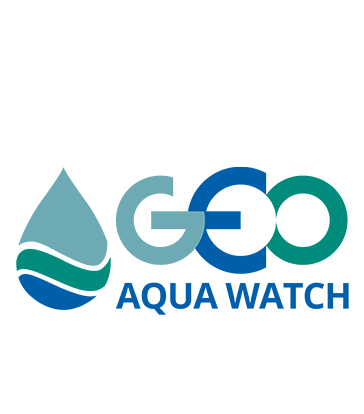ASLO 2023 – Special Session Call for Abstracts!
COURTESY POST:
Dear Colleagues from the ocean colour and water radiometry communities,
We encourage you to submit an abstract to the following Session (SS102) of the 2023 ASLO Aquatic Sciences Meeting, which will be held from 4 -9 June 2023 in Palma de Mallorca, Spain. The abstract submission is open until 23 February 2023.
Session abstract: Coastal and inland waters ecosystems are ecologically, culturally, and economically important. Monitoring these environments is therefore essential to understand ecosystem functioning, how to ensure sustainable practices and assess the impact of human activities. Among the large diversity of measurement techniques, optical remote sensing presents some clear advantages. Indeed, earth observation satellites nowadays allow to monitor the spatial variability of water quality parameters over large areas and with relatively short revisiting times. In water and above water radiometers, have a great potential for ecosystem monitoring, especially if they are integrated into autonomous measurement systems providing high temporal resolution data, or if they have a high spectral resolution opening the door to new environmental products based on fine spectral features. However, retrieving relevant information on water constituents from radiometric data in optically complex waters is still challenging. Indeed, although in clear, case-1, waters most of the bio-optic parameters are dependent of the chlorophyll-a concentration, in coastal and inland waters (i.e. case-2 waters) light absorption and scattering is affected by terrestrial inputs of sediments and/or dissolved organic carbon which can make the retrieval of simple parameters such as the chlorophyll-a concentration very complicated. In addition, atmospheric correction algorithms are more challenging because of potentially extreme optical water properties and the proximity with the coast or surrounding land. This session is open to all contributions presenting novel applications of inland and coastal aquatic monitoring based on visible and NIR radiometric remote sensing data either from satellite or in situ sensors.
Hope to see you all there,
Héloïse, Clémence, Pierre, David and Evangelos.
